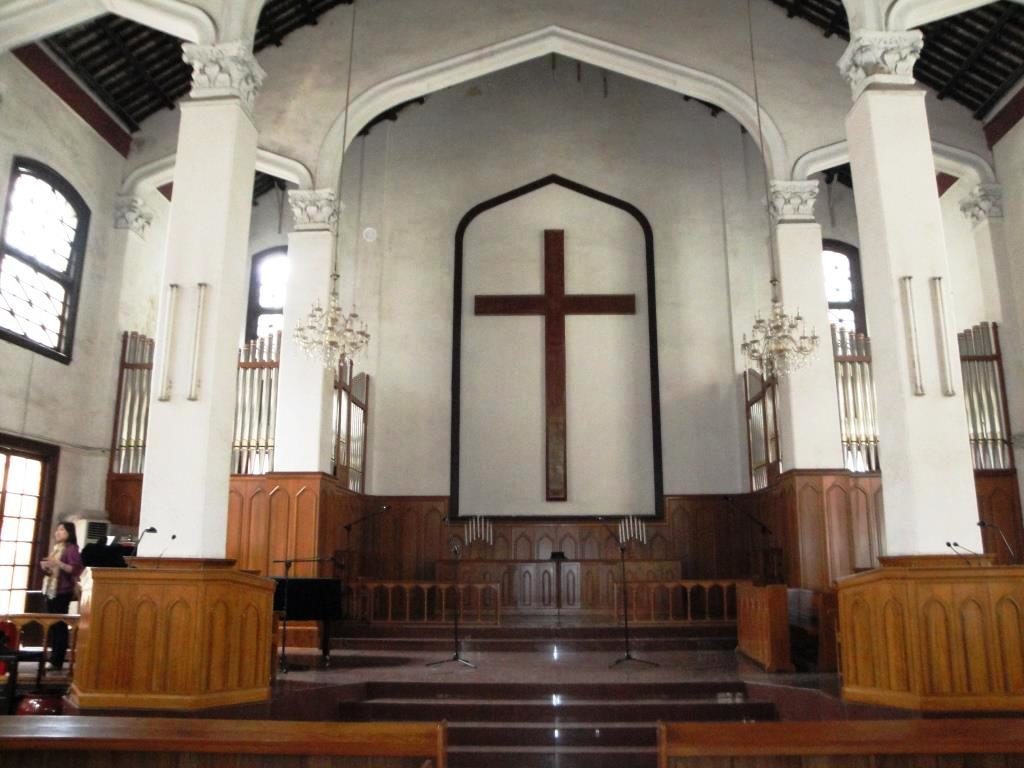The Pipe Organ in China Project Website: Updates for July 2020
31 July 2020The following things have been updated on the Website during the past month:
The Errata list has been updated.
The FAQs have seen a small, comprehensive revision.
There is an update to PEK1687, connected with an email we received from Mr. Guido Schumacher, of Schumacher Orgelbau in Belgium.
Mr. Schumacher reports to us that the engravings in Athanasius Kircher’s Musurgia universalis (1650) which were used for the construction of the automatic playing mechanisms of PEK1680, PEK1682, and PEK1683 by Tomás Pereira, and the organ-fountain built for the Kangxi emperor by Ferdinand Verbiest (PEK1687), are actually based on an earlier source. The book in question was written by the French Huguenot engineer, architect, and inventor Salomon de Caus (1576-1626): Les raisons des forces mouvantes avec diverses machines tant utilles que plaisantes aux quelles sont adjoints plusieurs dessins de grottes et fontaines of 1615. Such ‘borrowing’ by authors was very common at this time, before the concepts of copyright and of intellectual property were developed and accepted.
More importantly, Mr. Schumacher and architect Yves Weinand have built a replica of one of de Caus’ hydraulic organ-fountains. This really brings Flettinger’s description of the 1687 organ-fountain in Beijing to life. Pictures and more information can be found at: http://www.orgel-schumacher.com/fr/references/curiosites/michaelstein-musique-ancienne.
The Project very much appreciates Mr. Schumacher’s communication of this interesting information.
Year-to-date hits: 10,118
Hits since launch: 18,712
Photo of the Month: the interior of St. Saviour’s Church, Guangzhou (Canton). This photo, taken in 2010 in the former London Missionary Society (Anglican) church, shows a ‘fake’ pipe organ: what is installed is actually a Rodgers electronic, with a split chancel façade of dummy pipes on either side of the altar for decoration. The church celebrated its centenary in 2019, and can be found at 184 Wanfu Road in the Yuexiu district. The nearest metro stop is probably Beijing Road on Line 6 of the Guangzhou metro.

St. Saviour’s Church, Guangzhou (Canton), 2010.